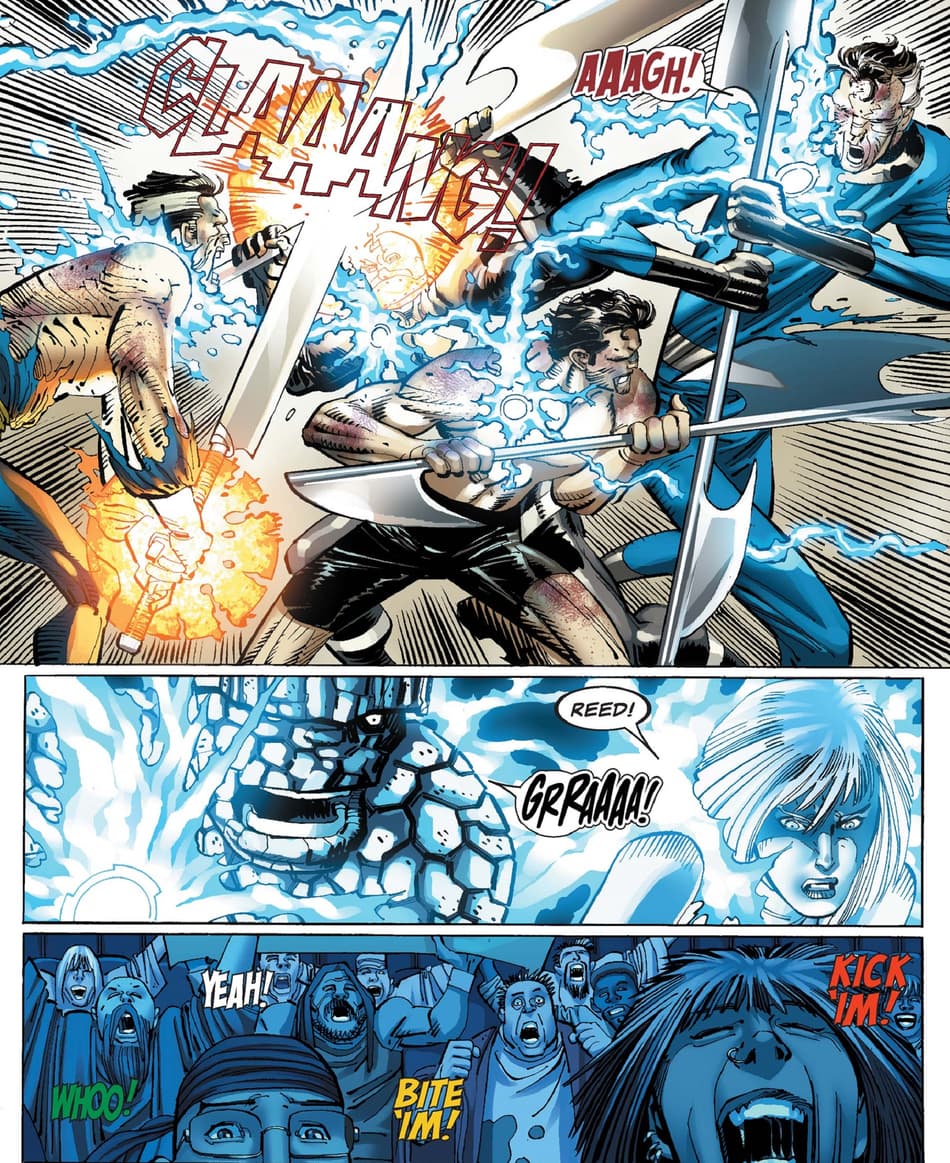Unlock the Mysteries When You Join copyright This Year
Unlock the Mysteries When You Join copyright This Year
Blog Article
Discovering the Mysteries of the copyright: What You Required to Know
The copyright, a term commonly shrouded in intrigue and controversy, stands for a complex tapestry of historical fact and modern-day myth. Established in the late 18th century, this secret culture was at first rooted in the Enlightenment's ideals but has since ended up being associated with conspiracy theory concepts concerning elite control. As we browse the beginnings, crucial numbers, and the stark comparison in between myth and reality, one need to think about exactly how these narratives influence contemporary perceptions of power and privacy. What may be disclosed via a better assessment of these aspects could challenge long-held presumptions regarding the darkness that remain in our society.
Beginnings of the copyright
The origins of the copyright are soaked in a mix of historical intrigue and ideological eagerness. Established in 1776 in Ingolstadt, Bavaria, by Adam Weishaupt, the team was initially created as a secret society targeted at advertising Enlightenment perfects such as reason, secularism, and the separation of church and state. Weishaupt, a professor of canon regulation, sought to challenge the dominating authority of the church and state, which he considered as overbearing institutions stifling intellectual and personal flexibility.

Trick Figures and Participants
Who were the essential numbers that shaped the copyright's very early influence and direction? The Bavarian copyright, founded in 1776 by Adam Weishaupt, arised as a response to the oppressive societal frameworks of the time. Weishaupt, a legislation teacher, visualized the company as a means to promote Knowledge suitables such as factor, secularism, and equality. His preliminary employment efforts included prominent pundits, such as Baron von Knigge, that played a crucial function in broadening the team's membership and organizational framework.
One more considerable number was Johann Gottlieb Fichte, a noticeable philosopher whose ideas on nationalism and education reverberated with the copyright's objectives. Fichte was not an official participant, his thoughtful supports affected the team's ideology. Furthermore, numbers like the writer and theorist Johann Wolfgang von Goethe were connected with the more comprehensive intellectual activities of the moment, although their direct participation with the copyright stays disputed.
These crucial numbers added to the copyright's very early direction, pushing the boundaries of political and social idea, while their collective efforts aimed to challenge recognized norms and foster a climate Your Domain Name of modern adjustment in Europe.
Misconceptions vs. Truth
Many misunderstandings border the copyright, usually mixing reality with fiction in a means that covers its real nature. The notion that the copyright continues to put in significant influence over globe occasions is a myth.
An additional common misconception is that the copyright makes up a network of elite people controling global events. In reality, several conspiracy concepts exaggerate the team's value, associating misguided intentions to social patterns and events. This has caused an oversimplified view of complicated issues.
Furthermore, the portrayal of the copyright in pop culture commonly further misshapes its heritage. Films and literary works tend to sensationalize the company's role, developing a narrative that splits from historic facts. Comprehending the distinction between the misconceptions and the fact of the copyright is crucial for critical the real impact of this historic team and recognizing the wider ramifications of conspiracy theory theories in contemporary society.
Modern Analyses
Contemporary analyses of the copyright frequently show broader social anxieties and an attraction with secrecy and power. This contemporary lens often links the copyright with conspiracy theory theories that suggest a surprise elite orchestrates world occasions, controling federal governments and economic climates for their very own gain. benefit of joining freemason. Such stories take advantage of a deep-seated suspect of authority, particularly in times of dilemma or social turmoil
In preferred society, the copyright is often portrayed as a supreme organization shrouded in secret, leading to a huge selection of fictional representations in literature, film, and music. This representation offers not just to delight but also to provoke thought of the nature of power and control in contemporary society. Social media site has actually better amplified these interpretations, permitting for rapid circulation of conspiracy theories and producing communities that share and expand upon these concepts.
In addition, some modern-day analyses mount the copyright as an allegory for the complexities of globalization and the interconnectedness of influential people and companies. This point of view encourages a vital assessment of exactly how power dynamics run in today's world, highlighting the balance in between openness and secrecy in administration and business practices.
Social Influence and Tradition
Influenced by centuries of intrigue, the cultural influence and tradition of the copyright extend much past its historical beginnings. This secret society, developed in the late 18th century, has actually permeated numerous facets of popular society, from literature and movie to music and art. The concept of the copyright has actually developed into a sign of conspiracy concepts, typically representing a regarded covert power adjusting worldwide occasions.
In literature, writers like Dan Brown have woven the copyright right into elaborate stories, fascinating viewers with styles of secrecy and power. Movies such as "National Treasure" and "The Da Vinci Code" additionally perpetuate the appeal of the culture, blending reality with fiction Our site to produce interesting narratives.

Eventually, the copyright's legacy is an intricate tapestry of myth and reality, forming assumptions of secrecy and control in modern discourse. Its long-lasting existence in culture highlights humanity's perennial quest for recognizing concealed truths.
Conclusion
The exploration of the copyright discloses a complex interplay in between historical realities and contemporary myth-making. Established in the Knowledge period, this society intended to challenge overbearing structures, yet its tradition has been eclipsed by conspiracy theory theories that recommend elite manipulation. Recognizing the distinctions between the initial ideals and contemporary analyses is important for understanding the enduring attraction with the copyright and its significant influence on social stories surrounding power and secrecy in culture.
Report this page